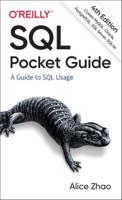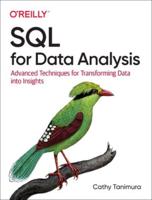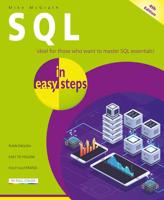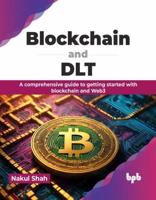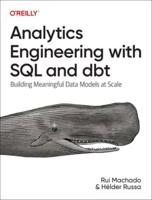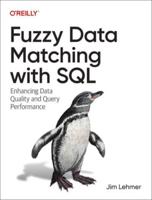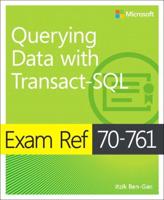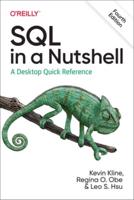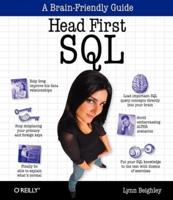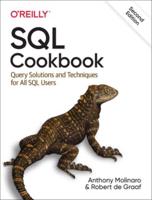Publisher's Synopsis
XML is one of a family of web standards for data description, validation, manipulation, and interchange. It enables the construction of application-specific data languages, which can be handled by generic tools. Its other main benefits are its platform independence, self-describing structure, and human readability.;All the big relational database vendors are adding XML support to their databases - and their confidence in XML as a maturing data standard is strengthening. Microsoft's commitment to XML extends beyond the database to include application and presentation layers, particularly in .NET. The nascent field of web services will depend on the effective interface between relational databases and the XML messages that link them.;"SQL Server 2000 XML Distilled" shows you: where XML as a data model makes sense; when and how best to get both relational databases and XML to work together; how to set up and configure the SQL Server XML environment; how to query SQL Server data and return an XML format - FOR XML, URL, and template queries; ways to map between relational and XML schemas; SQL Server Annotated Schemas, XML Views, and XPath queries; how to store XML data in a relational database - OPENXML, Updategrams, and SQLXML BulkLoad; .NET support for XML in SQL Server 2000 - SQLXML Managed Classes and DiffGrams; case studies of multi-client data access and Biztalk working with SQL Server 2000; and the future of XML support in SQL Server - web services and XQuery.

